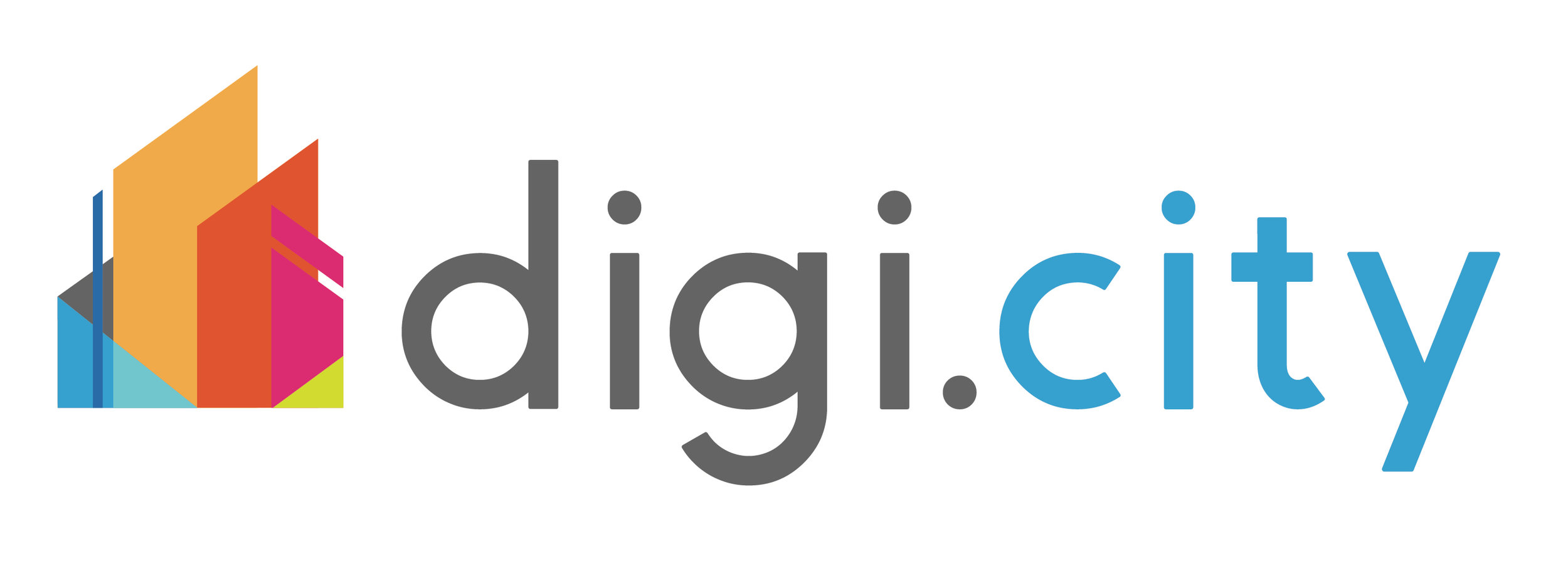It’s easy to look at some of the amazing smart city projects in Beijing, Barcelona or Amsterdam with a sense of awe. When you see technology integrated seamlessly into a city’s fabric, creating greater ease and efficiency for citizens, it almost looks easy.
Read MoreImagine driving through a big city in which sensors switch red lights to green so you are never needlessly stuck at an empty cross street waiting for a signal change. Or imagine working remotely at Internet speeds exponentially faster than today’s wireless networks can offer. Sounds nice, doesn’t it?
Read MoreThe data confirms it: Cities are the way of the future. As the years go by, more and more people are choosing to leave behind their suburban and rural lives in search of greater urban opportunities.
Read MoreColumbus, Ohio recently took the top prize at the Smart City Challenge led by the US Department of Transportation (DOT). Winning comes with a pledge of up to $40 million to define what it means to be a Smart City and as stated on the Challenge webpage, “become the country’s first city to fully integrate innovative technologies — self-driving cars, connected vehicles, and smart sensors.”
Read MoreSmart Cities are all the global rage these days. As with any emerging trend, it’s a bit of the Wild West with little consistency or agreement across international communities on definitions, frameworks or metrics to measure effectiveness. But in the broadest sense, Smart Cities leverage connected technologies to increase efficiency and effectiveness for urban communities. The evolution of Smart Cities pose an incredibly interesting challenge and it is one that has the potential for immense impact in local jurisdictions and around the world.
Read More

















